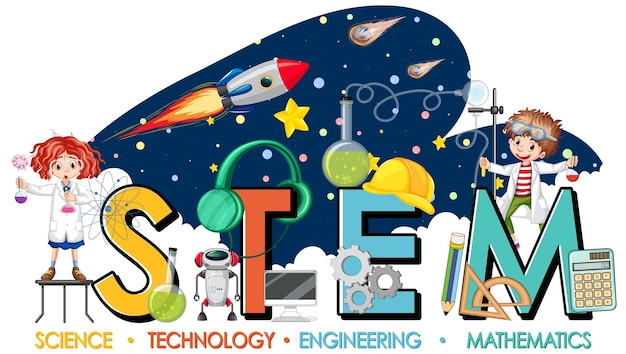STEM education – the way to connect new skills with new knowledge – prof. Bucovală Carmen

STEM Education means educating students in four specific disciplines - Science, Technology, Engineering, and Mathematics. Instead of training students in any one of these domains, STEM combines all four in an interdisciplinary and applied approach, to better equip students to have a career and consider real-world applications.
STEM classrooms typically focus on project-based learning. Projects and activities conducted usually involve modern technology to accentuate the practical applications of science in the near future. Students get to apply the various domains of STEM in a context that helps them realize a connection between the classroom and the world around them.
STEM Education has developed to be more significant for the world as it poses a range of advantages in many fields. As most of the sectors are dependent on the STEM fields, it indirectly plays a significant role in the flourishing of the economy.
With significant advances in each of the STEM domains, new career prospects are popping up at a very fast pace. In recent years, there has been a shortage of well-trained STEM workforce in several parts of the world. While the demand for trained students is increasing by the day, the number of students interested in pursuing a career in STEM is going down at an alarming pace.
When it comes to Science, Technology, Engineering and Mathematics, innovation is its other name. As the field is ever dynamic, it presents students the opportunity to innovate and challenge their knowledge. This is one of the primary reasons for the rising demand for STEM jobs, thereby leading to a surge in the demand.
In all senses, STEM jobs make for an interesting future. Whether the factors are money or subject matter, STEM provides a panoramic view of the future. This provides a great platform for students, a future that is filled with innovation, futuristic learning, and a lot of exploration of skills.